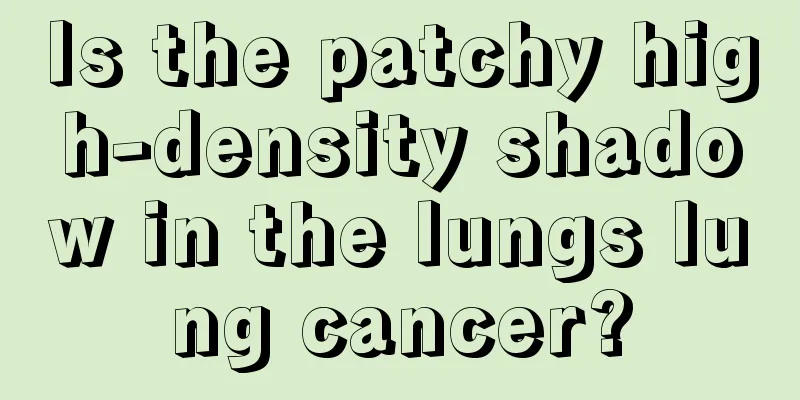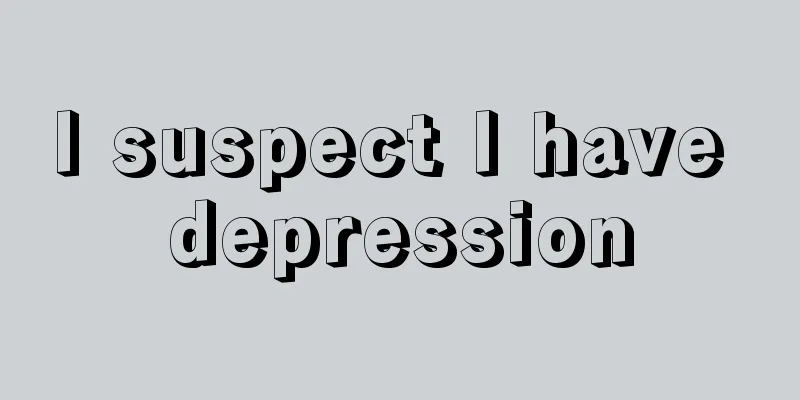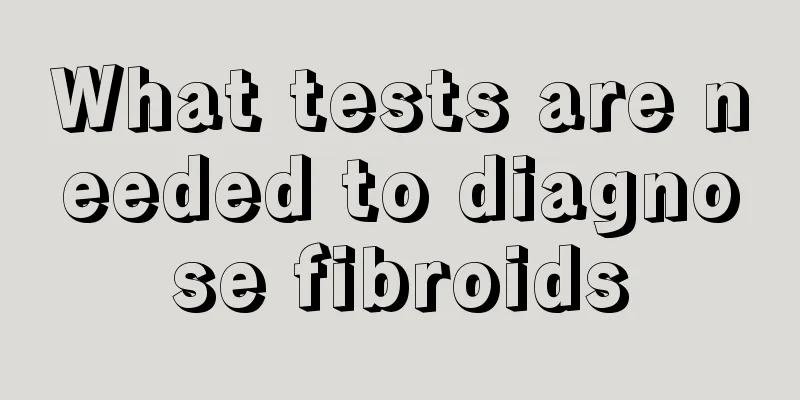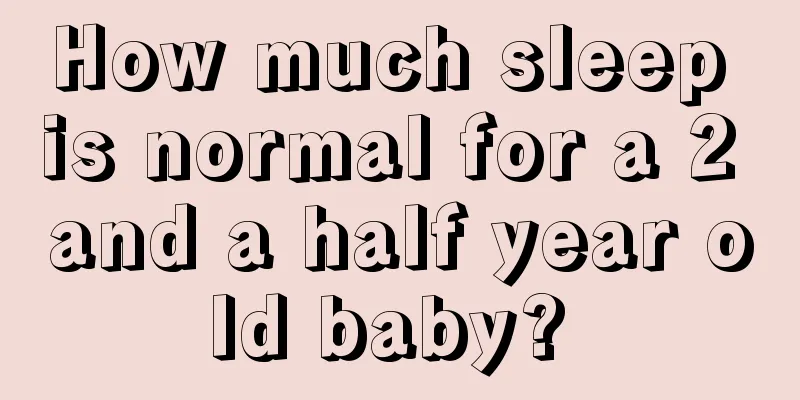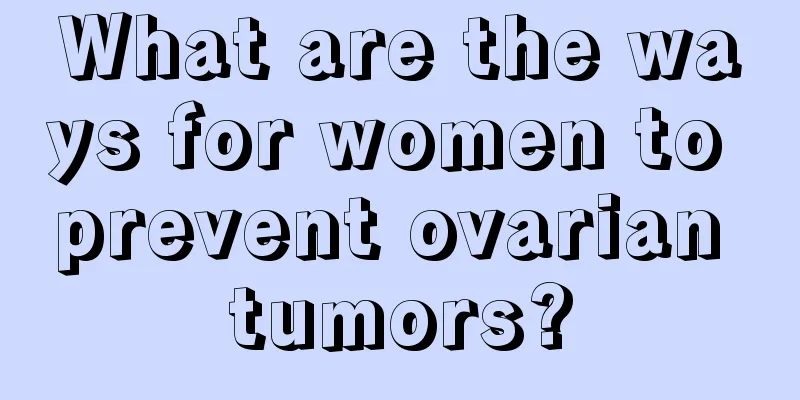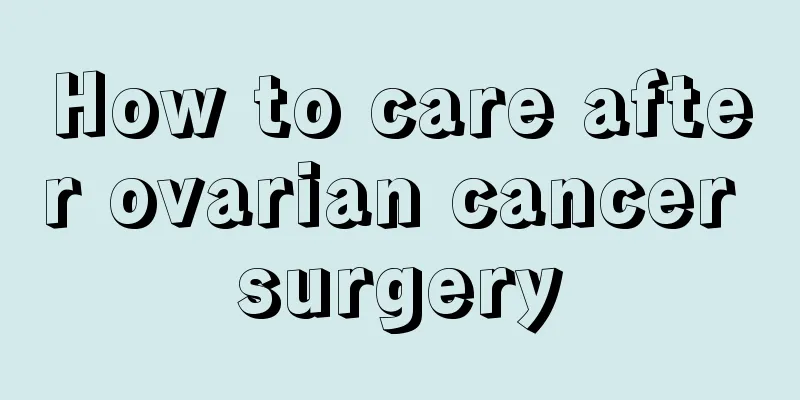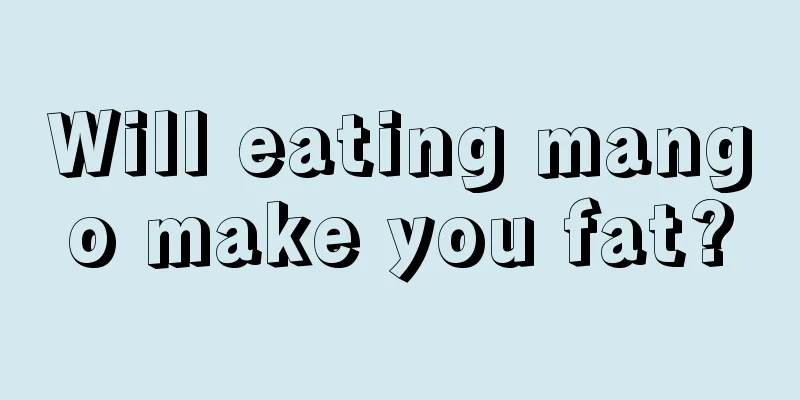How long does it take for Tourette syndrome to heal
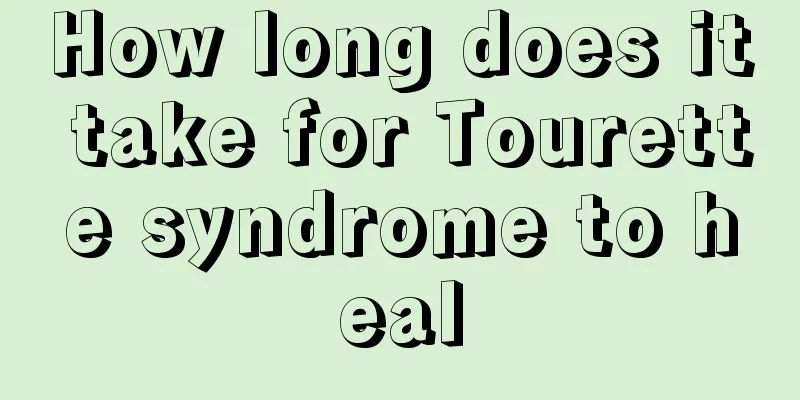
|
Tourette syndrome is a disease with a relatively high incidence rate among children. This symptom has a great impact on the child's physical condition and mental consciousness. If it is not treated in time, it will have great disadvantages for the child's future character development and learning. How long it takes for tics to heal depends on the treatment method and effect. Below, I will introduce to you in detail the treatment methods of tics! 1. Psychological behavioral therapy (1) Eliminate the cause: In children with transient tic disorders, especially those whose tics do not last long, it is often not difficult to find the cause during the behavioral interview. Triggers for young children are usually watching intense television or video programs, playing video games, or hearing or seeing frightening things. Therefore, it is crucial to find the trigger and eliminate it, which is also the treatment of tics from the root. (2) Detailed analysis of psychological factors: The psychological factors of the child before the onset of the disease should be analyzed in detail to identify possible causes of the disease and then resolve them. Older children often develop tics due to accidents, family conflicts, or excessive academic pressure. For example, the adjustment of various contradictions, family conflicts, and the mental conflicts and tensions caused by excessive demands and coercion of parents and grandparents on children must be resolved. If there are school factors, you should contact the teacher to jointly resolve the issue. For factors that cannot be resolved, supportive psychotherapy should be given to help children analyze the mental causes and find the correct way to deal with them. (3) Provide necessary guidance to parents: Explain the nature of the disease to the parents of the child and tell them not to panic. This can eliminate the reinforcement effect caused by the parents' excessive attention. Parents are often overly worried about tics. They should be made to understand the causes of tics and arrange their children's life, study and activities reasonably. Do not remind the child of his or her tic symptoms. Blaming and paying excessive attention to the child will make him more nervous, which is not conducive to controlling the tics. Instead, the child's tics should be ignored, which can gradually relieve the symptoms. In most patients, symptoms will disappear naturally after a few months. Help children eliminate inducements and provide a good and relaxed family environment. Good results can be achieved by adopting muscle relaxation therapy and operational treatment methods. When children receive behavioral therapy, the cooperation of the children and their parents should be obtained, and the parents should be given necessary guidance to assist in the treatment. 2. Behavior modification Encourage children to control tics on their own, use positive reinforcement methods such as rewarding them for their efforts to overcome and reduce tics, and use relaxation methods to reduce children's mental stress. This is more effective for young children. 3. Medication Tics generally do not require medication. They are only given when the tics significantly affect the child's movement and speech, and interfere with interpersonal relationships and classroom learning. (1) Eliminate the causes: Tonsillitis, allergic conjunctivitis, rhinitis, upper respiratory tract infection, etc. are sometimes the causes of tics in children. Therefore, these diseases should be treated first. (2) Haloperidol (HAL): can block dopamine receptors. The dosage is 0.02-0.05 mg/(kg·d), start with a small amount orally, 0.25 mg, twice a day. If it is ineffective, gradually increase the dosage until a satisfactory effect is achieved, so that the symptoms are controlled without side effects. Children can take up to 1 to 6 mg/d. This drug is prone to cause extrapyramidal side effects, among which acute dystonia and akathisia are the most common. Large doses can also cause myocardial damage. To prevent extrapyramidal side effects, scopolamine or antan can be used in combination. (3) Diazepam (Valium) (1.25-2.5 mg, twice a day) or chlordiazepoxide (2.5-5 mg, twice a day) (2.5-5 mg, twice a day) can be added to children with severe anxiety. |
<<: Does ligation hurt? How long will it take?
Recommend
Is drinking polluted water a risk factor for liver cancer? How effective is radiofrequency ablation in treating large liver cancer?
Is drinking polluted water a risk factor for live...
A 50-year-old woman in Hunan was diagnosed with cancer. She went shopping and played cards without any treatment: I rely on luck for serious illness
Today, I want to share a true story with you; the...
How harmful is fluorescent agent to human body
Fluorescent agent is a chemical raw material that...
What should I eat before nasopharyngeal carcinoma surgery?
Nasopharyngeal cancer patients can eat some high-...
What Chinese medicine to take during chemotherapy for lymphoma
For patients with malignant lymphoma, treatment i...
How to soak Cistanche deserticola in wine
Cistanche deserticola is a relatively common Chin...
What is the reason for the dark blue stool
Blue-black stool is a manifestation of abnormal s...
How to wash black hands from peeling walnuts
The green skin of walnuts contains tannic acid, w...
The effects and functions of Astragalus powder, do you know Astragalus?
Astragalus is a relatively common Chinese medicin...
What causes pain in the back of the head?
Headache is a condition that many friends have en...
Will kidney stones turn into uremia?
Kidney stones are a very common stone disease. Wh...
How to play Go
Go is a popular chess game in China. It is played...
Can bananas reduce internal heat?
In the eyes of many people, bananas are considere...
What are the dangers of bile duct cancer?
What kind of harm does bile duct cancer have that...
What can I eat without getting fat? 9 kinds of food that will never make you fat
Fat people feel envy, jealousy and hatred towards...

